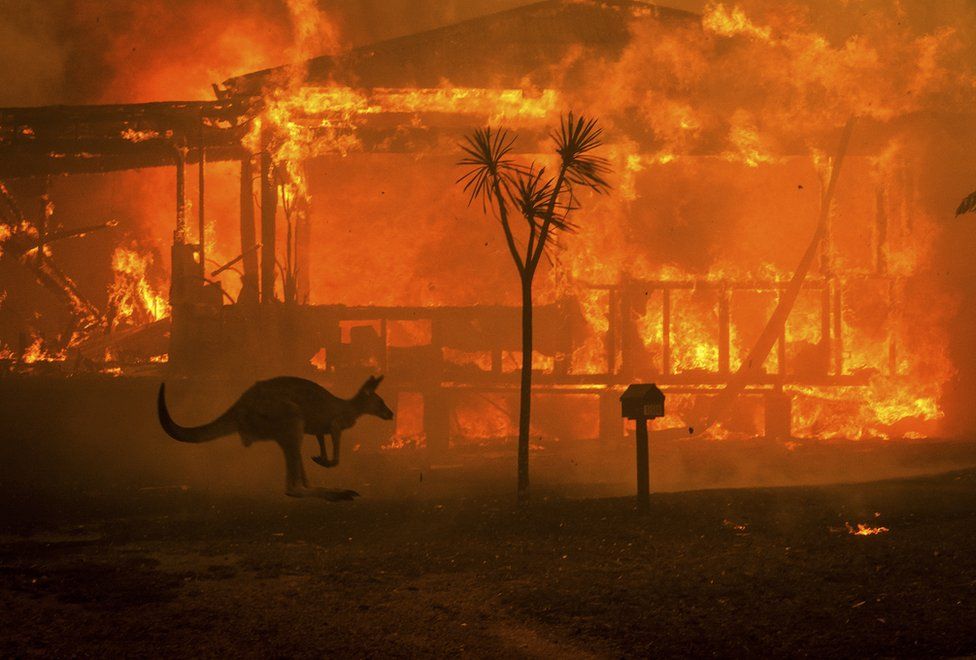Ecuador Agrees to Resume Fuel Subsidies After Weeks of Violent Protests
By Grace Mandry, Associate Editor
For the past two weeks, the world has watched as conflicts unfolded in Northern Syria, Turkey, and the streets of Hong Kong. Meanwhile, in South America, thousands of protestors shut down the streets of Quito, the capital of Ecuador. Violence erupted after the President, Lenín Moreno, announced the end of fuel subsidies and controversial labor reforms. The protests are the biggest to occur in years. The government announced the law, Decree 883, as an austerity measure in an effort to secure a $4.2 billion loan from the International Monetary Fund (IMF). President Moreno initially signed the agreement in March.
Decree 883 ended forty years of fuel subsidies. The subsidies began in the 1970s in an attempt by the government to stabilize the price of public goods. But today, they cost the Ecuadorian government about $1.3 billion a year. President Moreno announced Decree 883 in an attempt to solve the fiscal crisis and retain IMF support. According to some reports, fuels prices doubled and petrol prices increased by 30 percent by the following day.
The unrest initially began with a national strike by the transportation union on October 3rdand 4th. While the strike only lasted a few days, the Indigenous movement took over and has been leading protests since. The powerful indigenous group, CONAIE, led thousands of indigenous citizens from the Amazon to Quito to protest.
The indigenous group’s initial intention was to end the cuts to fuels subsidies, not to remove the government, as many believed. These protests, organized by CONAIE, included violent attacks on the General Comptroller office and a local television news agency. At one point, both buildings were set on fire. The protests escalated even further on October 8th after President Moreno moved the government out of Quito to the port city of Guayaquil. The following day, protestors invaded the empty National Assembly building, causing minor damage.
The demonstrations were violent, turning Quito into a ‘battlefield.’ Throughout the country protestors set up roadblocks, blocking petrol trucks from arriving to their destinations, and creating a fuel shortage. Protestors threw stones and rocks at police officers, who then fired tear gas in return. As a result, President Moreno declared a two-month state of emergency and placed a curfew in Quito.
The demonstrations escalated again on October 10th when protestors seized ten police officers in Quito, parading the officers on a stage in front of a large crowd. Before the demonstrators released the officers to United Nations representatives, some officers were forced to carry the coffin of an indigenous activist who died in the protests.
Ecuador has a long history of government protests and overthrows by the indigenous movement. In 2005, the Indigenous movement overthrew President Lucio Gutierrez after he tried to implement austerity measures as part of a standby agreement with IMF. Sound familiar?
On Sunday, the indigenous movement agreed to cease the protests after coming to an agreement with the government. The United Nations and Roman Catholic Church brokered direct talks between the two groups and Ecuador’s government agreed to restore fuel subsidies in order to end mass protests. By the time the protests turned to celebration in the streets of Quito on Sunday night, at least seven people had been killed, several hundred wounded and more than 1000 people arrested. It is unclear whether the agreement to resume subsidies is temporary or permanent.
References:
Alexandra Valencia and Ignacio Munoz, Ecuador’s president strikes ‘peace,’ deal, agrees to change fuel subsidy cuts, Reuters (Oct. 13, 2019) available at https://www.reuters.com/article/us-ecuador-protests/ecuadors-moreno-agrees-to-replace-fuel-subsidy-cuts-with-new-law-idUSKBN1WS0ND.
Ecuador Protests: Indigenous Women Demonstrate in Quito, BBC (Oct. 11, 2019) available at https://www.bbc.com/news/av/world-latin-america-50017219/ecuador-protests-indigenous-women-demonstrate-in-quito.
Ecuador Protests: President moves government out of Quito, BBC (Oct. 8, 2019) available at https://www.bbc.com/news/world-latin-america-49969697.
Ecuador violence: Protestors agree to talks with the government, BBC (Oct. 13, 2019) available at https://www.bbc.com/news/world-latin-america-50030720.
Gonzalo Solano, AP Explains: Crisis in Ecuador over end to fuel subsidies, Associated Press (Oct. 8, 2019) available at https://www.apnews.com/091af03af0ef42b989a8fa6712ed0612.
Jordan Kyle, Here’s why raising gas prices leads to violent protests like Ecuador’s, Washington Post (Oct. 14, 2019) available at https://www.washingtonpost.com/politics/2019/10/14/heres-why-raising-gas-prices-leads-violent-protests-like-ecuadors/.
Kimberley Brown, Ecuador Unrest: What led to the mass protests?, Al Jazeera (Oct. 10, 2019) available athttps://www.aljazeera.com/news/2019/10/ecuador-unrest-led-mass-protests-191010193825529.html.
